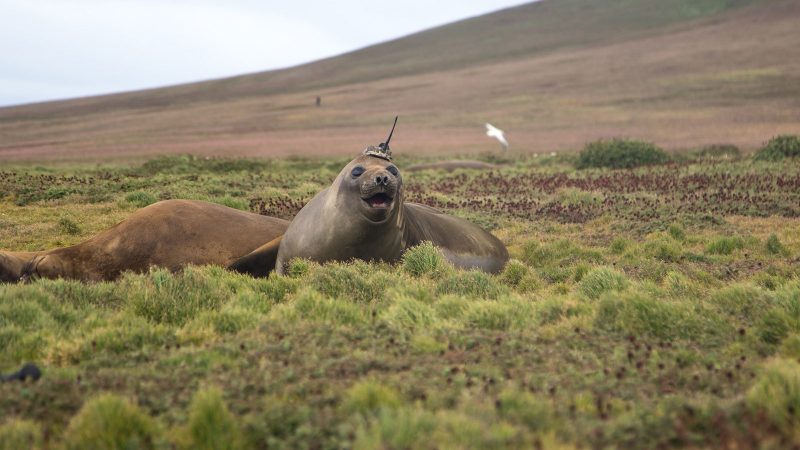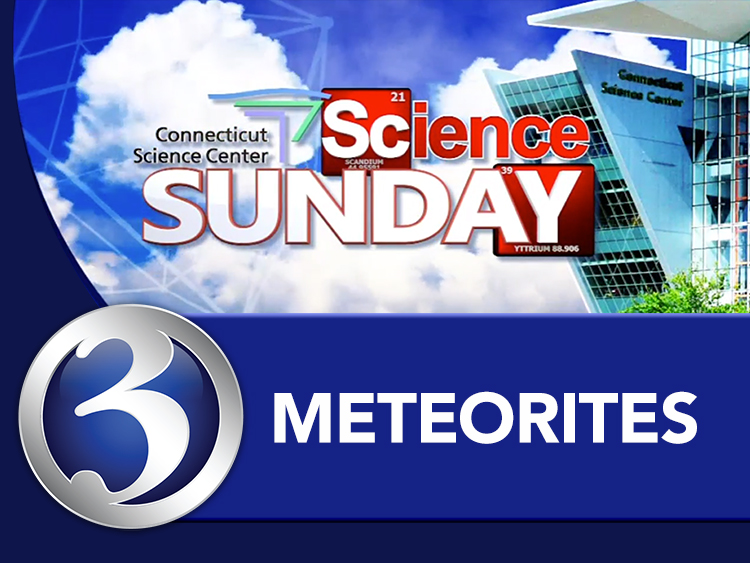
Tagged seal on Kerguelen Island. Photo Credit: Sorbonne University/Etienne Pauthenet via NASA
When I hear “NASA” I think of astronauts and moonwalks, but it turns out that NASA has been investigating Earth. Who knew?!
From 2008-2017, NASA and Centre National d’Etudes Spatiales used the Cloud-Aerosol Lidar and Infrared Pathfinder Satellite Observations satellite to track Diel Vertical Migration, a daily journey by creatures that feed on phytoplankton. Moving between depths (zones) is an evolutionary adaptation for dodging predators who use vision to hunt their prey. During this study, NASA observed long-term changes in these populations.
In November, NASA wrapped up an eleven year mission — Operation IceBridge — to image, document, and monitor Earth’s polar ice. Aircraft was changed several times during the study, which required instruments from infrared cameras to magnetometers. This airborne program measured sea ice, glacier, and ice shelf thickness, while noting rapid changes occurring in the Antarctic and Arctic regions. At the same time, scientists used their observations to help predict rises in sea levels.
Soon, NASA, in collaboration with several European agencies, will begin the Sentinel-6/Jason-CS mission, with one satellite to launch in November 2020 and the other in 2025. The goal of this mission is to provide continuous observation of sea level changes over the next decade, along with information about other climate variations, including hurricanes.
Their work isn’t entirely up in the sky, either.
Lia Siegelman of NASA’s Jet Propulsion Laboratory partnered with the French National Center for Scientific Research to learn about the ocean’s temperature and currents by using an elephant seal who gathered the data. Sensors with antennas were temporarily attached to one female seal’s head, measuring how heat moves between the layers of the Antarctic Circumpolar Current. Not to worry: the transponder is designed to fall off when the seal molts.
Did this whet your appetite for the sea? Through the end of January 2020, Connecticut Science Center members get free admission to The Maritime Aquarium at Norwalk. While there, check out their digital exhibit, Long Island Sound: From Risk to Resilience.

Kerri Provost is a Communications Research Associate at the Connecticut Science Center who is outdoors whenever possible and is currently attempting to walk every block of Hartford. She is the co-producer of Going/Steady , a podcast about exploring in the Land of Steady Habits and beyond.



